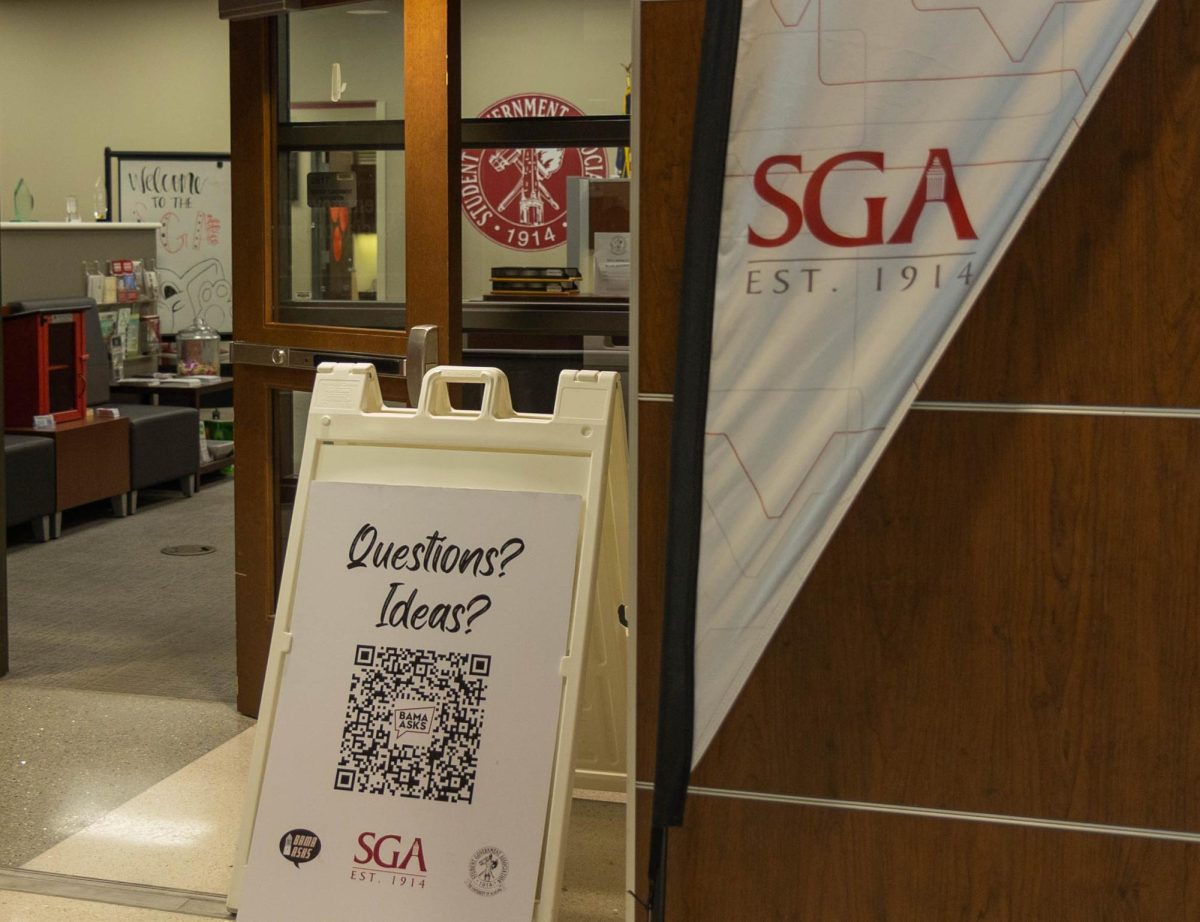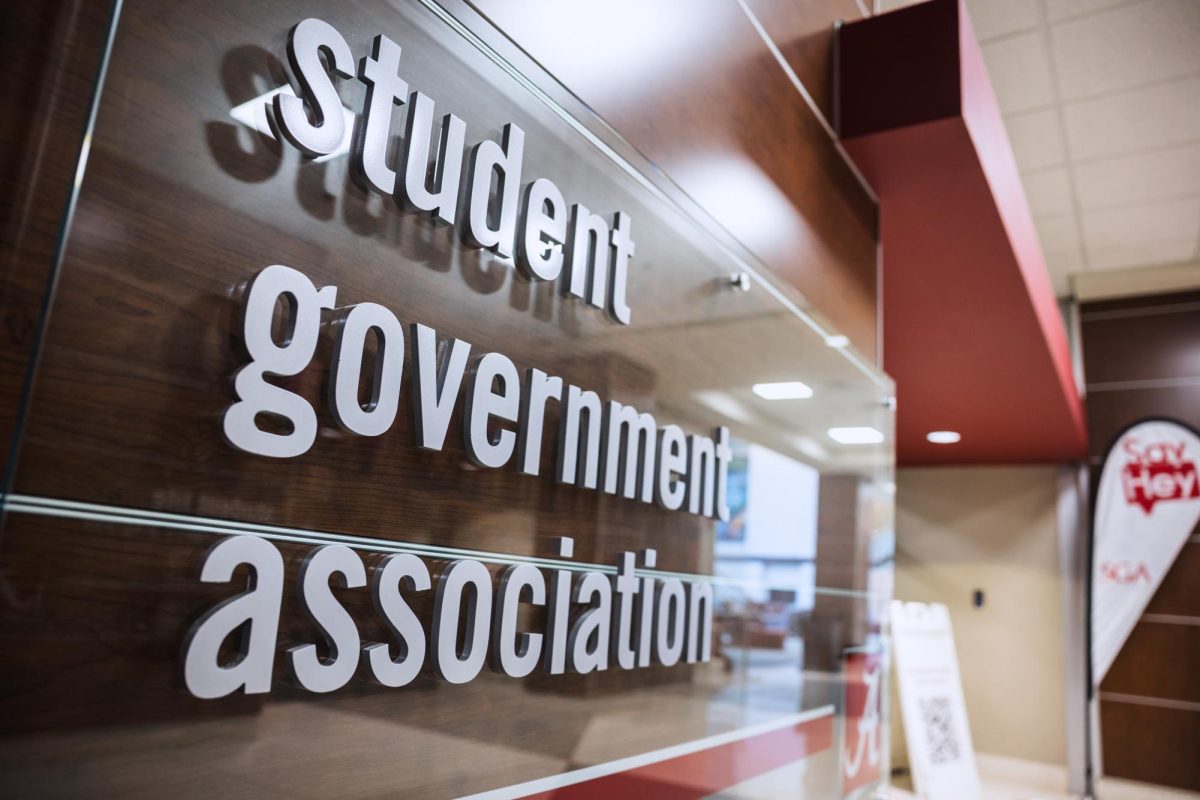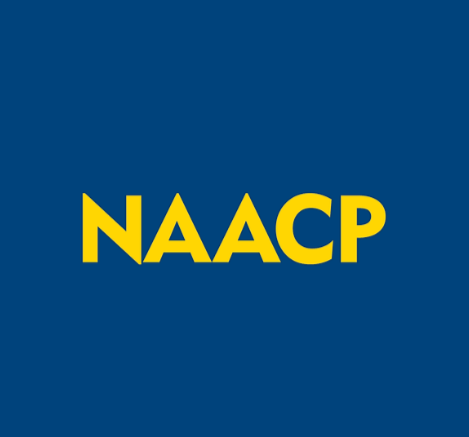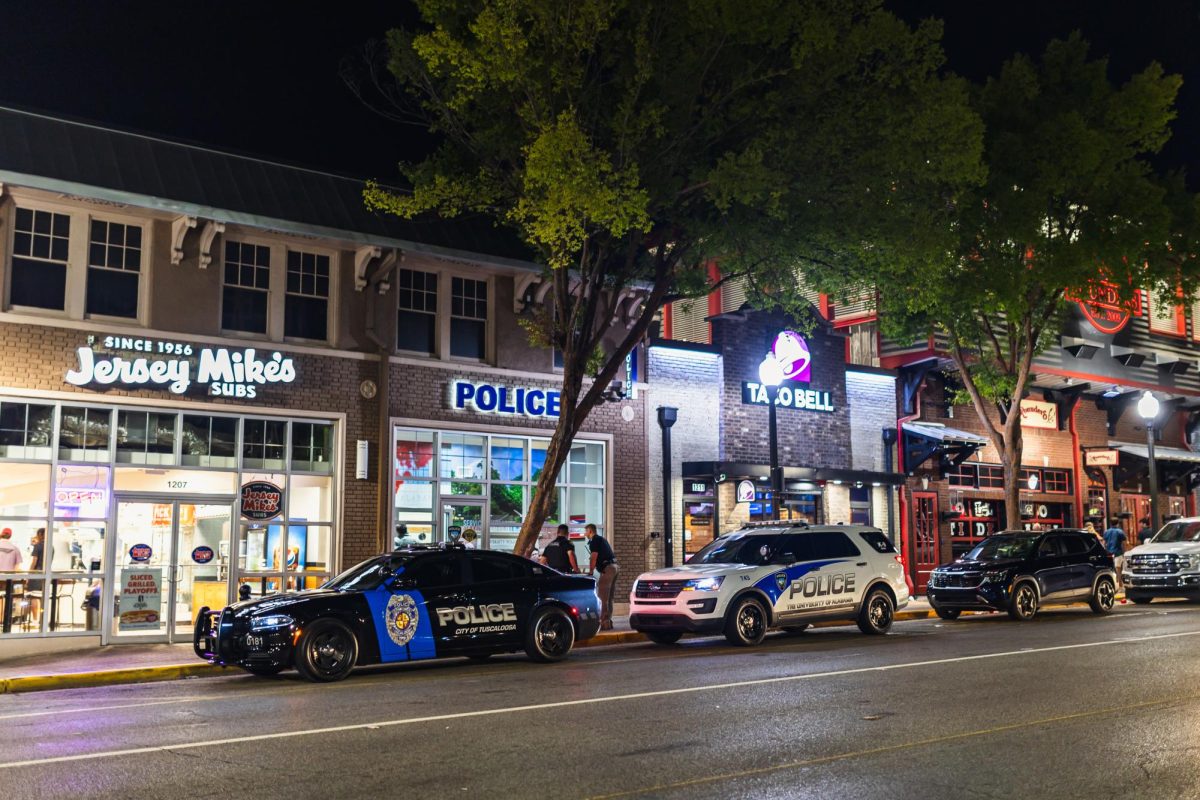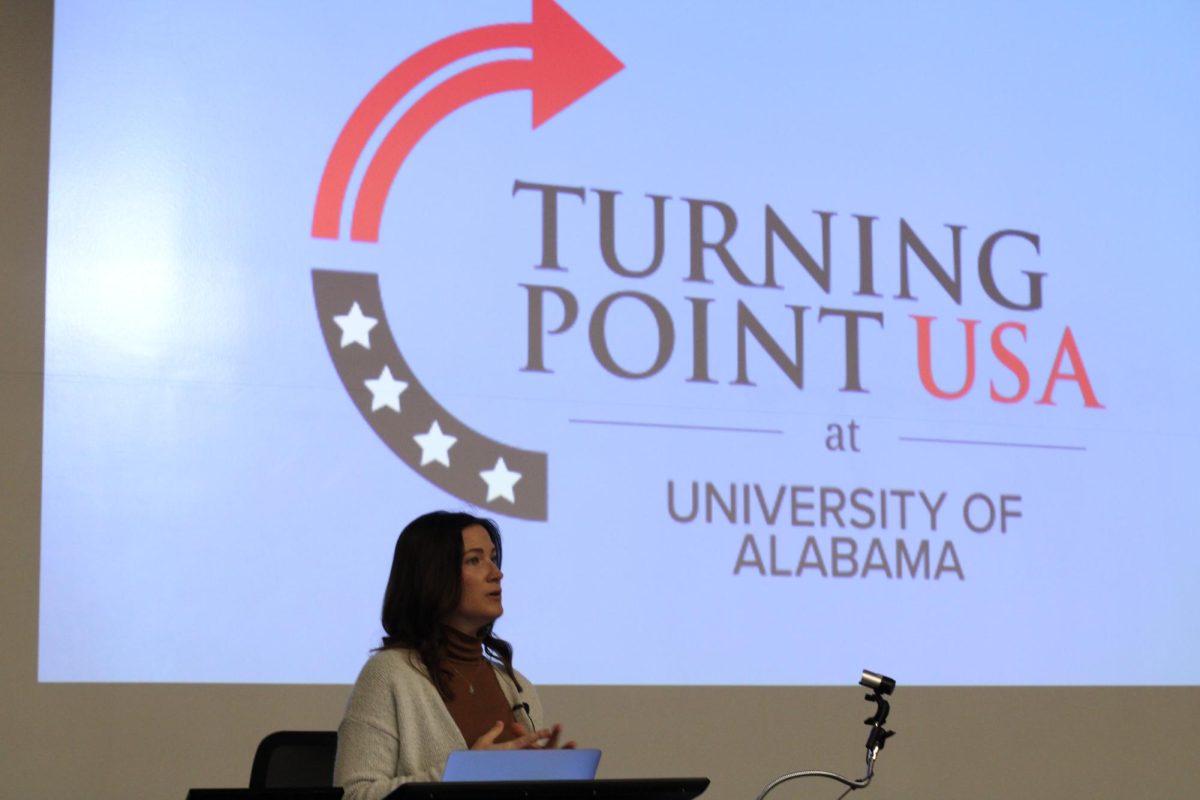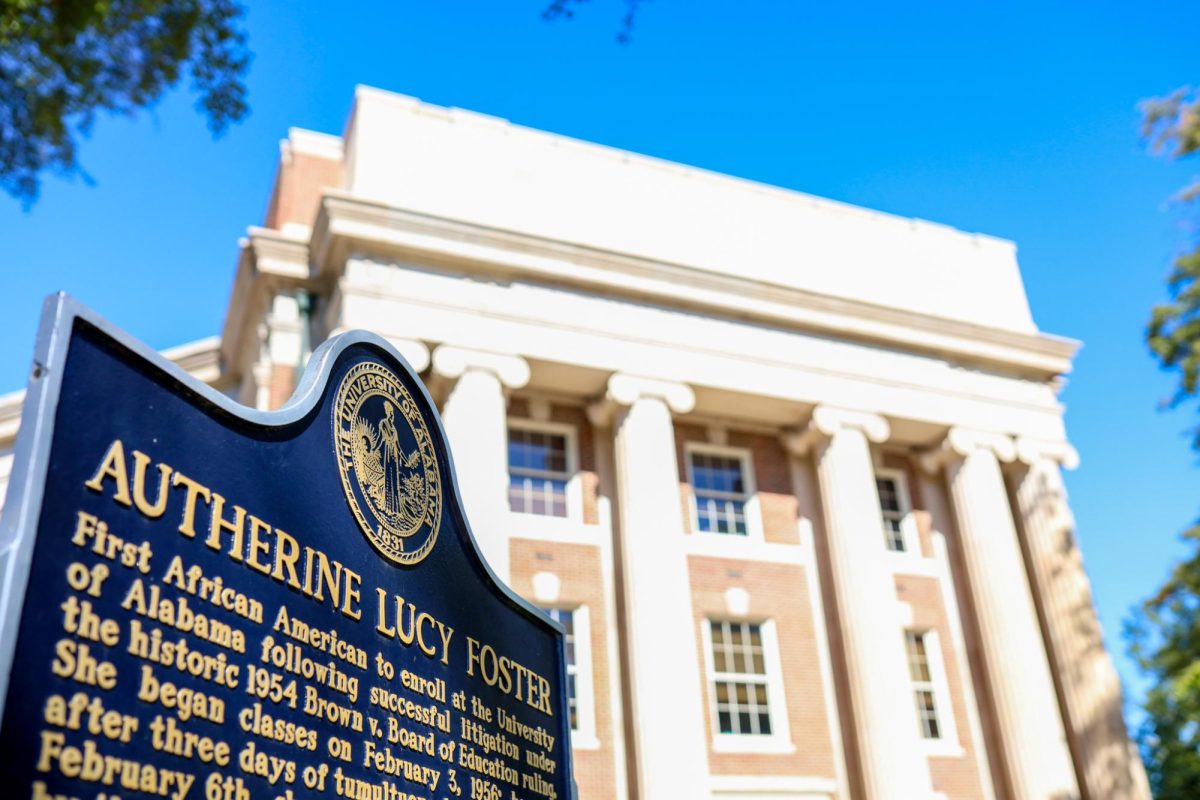In the early stretches of the quiet summer in a small lot cleared by a tornado, a modest brick coffeehouse opened its doors to the residents of the Forest Lake neighborhood.
A grand opening on June 1, 2012, bolstered with minimal advertising, followed this “soft opening.” To this day, Nehemiah’s, run by Forest Lake Baptist Church, communicates with its guests primarily through social media. They took out their first and only Tuscaloosa News advertisement to promote the celebration of their first anniversary.
Aaron Barnes, FLBC’s college minister, helps manage Nehemiah’s and lives upstairs in the building. He said their low-key, word-of-mouth approach is one of the many ways in which Nehemiah’s college-town surroundings have influenced the business.
“When we designed the place, we … asked a lot of college students, ‘What do you guys like?’” he said. “A lot of people think students like spontaneity, and they do, but they also like knowing they can count on something.”
Nehemiah’s is not affiliated with The University of Alabama, but much of its traffic and revenue comes from students.
The money Nehemiah’s makes goes back into its operation, and it somewhat reflects the stereotype of an empty-pocketed college student. Though they don’t experience a summer drop-off, Barnes said, financially, Nehemiah’s can appear to be a wash. However, in a college town, impact isn’t necessarily measured in money.
“We definitely do see a lot of actual student presence,” he said. “There have been times when we’ve had people inside and the place has been full, the tables outside have been full, and there have been people outside in the parking lot in their cars using our Wi-Fi.”
The unorthodox and nuanced ways in which Tuscaloosa and the University interact economically are two-way streets.
Ahmad Ijaz, director of economic forecasting at Culverhouse College of Commerce and Business Administration’s Center for Business and Economic Research, said the University strengthens the city, which in turn invests in things the University needs.
“It’s one of the major parts [of the economy],” Ijaz said. “They have to provide infrastructure for all of these students. You have to maintain roads [and] you have to maintain security … Even though it’s not a direct impact, it does cost them money to provide services to University.”
The 2011-2012 Economic Impacts of The University of Alabama report, co-authored by Ijaz and director and research economist at CBER Sam Addy, values the University’s impact on the Tuscaloosa metro area at $1.6 billion and 10,609 jobs. The report calls the University an “excellent investment opportunity for the state” and “essential to the economic development of the metro area, the state and the nation.”
“The University’s influence on the growth of the area is tremendous,” Addy said. “What the University offers is rather unique in terms of the fact that it’s not a production … its focus is on human capital development.”
He said the area’s economy does see some seasonality from the academic year not just in the form of a summer slowdown, but also in athletic and academic boosts. In fact, the study values football home game visit expenditure impact at $17.5 million in the metro area.
Ijaz said gameday is just one way the University brings in visitors and their money to the city’s economy. And while providing for these visitors can require municipal investment, this relatively unique situation can be valuable to the city as well.
Brendan Moore, the city’s director of economic development, said the University can help pull retailers off the fence when they consider Tuscaloosa as a business location.
“I think that those companies are looking at the University and the stability of the city and see it as an attractive market to enter,” he said.
Moore said the University was part of the collaborative effort between organizations like the city of Tuscaloosa and the Chamber of Commerce. In fact, the city still uses a 2011 survey conducted by the University’s Institute for Social Science Research on student shopping habits.
“We have to factor in that student spending power, and their shopping patterns, for that matter,” Moore said. “We solicit information and seek input from students, residents of the community, for those missing gaps [in the market].”
Moore said there were differences between traditional automotive corridors, like the one found around McFarland Boulevard and 15th Street, and the Strip. That doesn’t mean the Strip isn’t practically or aesthetically part of the city.
“There is an active effort between the University and the city to identify opportunities to increase the connectivity between the Strip and Downtown,” he said.
Other efforts are being made, Moore said, to interlink the riverfront with the Strip in order to increase access to restaurants and retailers for students and non-students.
While restaurants and retailers are still being actively reeled into Tuscaloosa’s economy, the housing market is an area of internal growth.
“Student housing is definitely a priority concern for the city. The mayor created the Student Rental Housing Task Force to evaluate the market and come up with recommendations for future developments,” said Madalyn Vaughn, who represents the UA student community on the task force.
Vaughn said student housing developments work directly with the city’s planning department, and the Tuscaloosa City Council has to approve off-campus student housing, which makes up the majority of student housing.
“I believe that until we know the plan for UA enrollment in the upcoming years, it is hard to determine exactly how oversaturated the market is,” she said. “If we don’t plan to increase enrollment, we may have a market problem.”
The Alabama Center for Real Estate’s Tuscaloosa Multi-Family Survey concluded that most population growth in the area could be attributed to student population growth. It predicted “continued demand for additional apartment product,” assuming continued and comparable growth in enrollment and population.
The survey lists 24 beds at the “Edge of Forest Lake,” where Nehemiah’s is located, eight of which were added in 2013. The area is in recovery after it found itself directly in the path of the tornado that hit Tuscaloosa on April 27, 2011.
A little over a year later, Nehemiah’s opened in what Barnes called a “transitional” neighborhood, where the spaces previously occupied by families who have since left are now filled with students.
Nehemiah’s sees traffic from both ends of the spectrum and is intended to reach out to all parts of the community, but Barnes said the new collegiate crowd is good for both business and outreach.
“I see this being a huge success wherever you are. Everyone wants to be a part of something,” he said. “Our biggest focus is on building relationships. [Being in a college neighborhood], you’re reaching more people more efficiently.”




